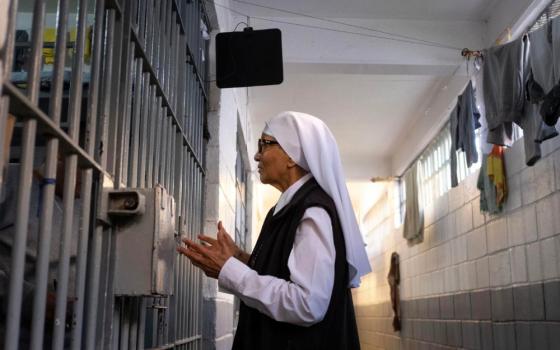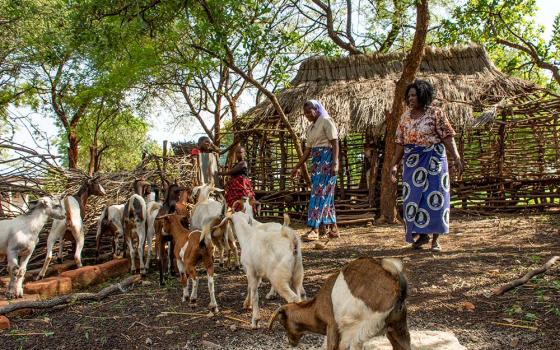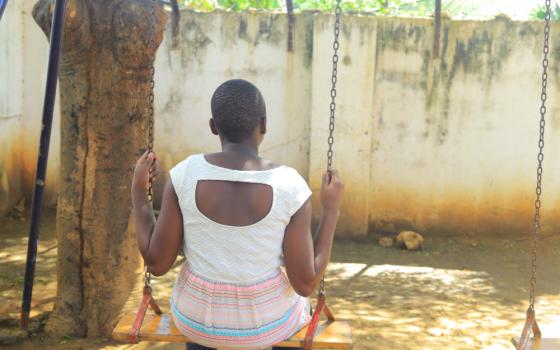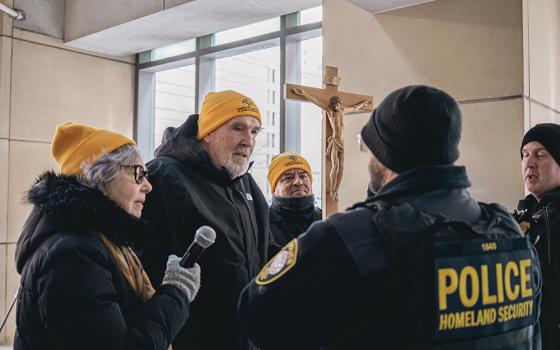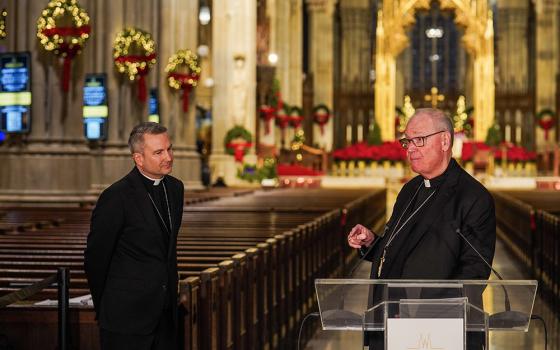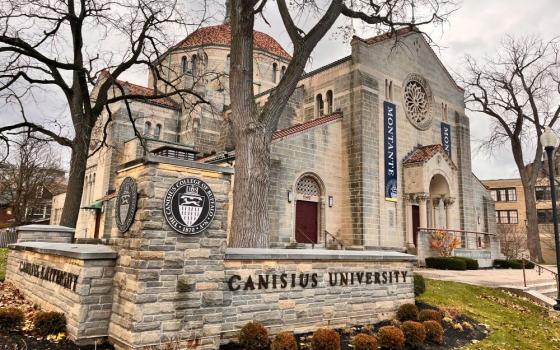A new study shows: Women and men entering religious life in the United States continue to become more diverse both racially and culturally; they want to live in intercultural and intergenerational settings — and they are committed to living simply and in solidarity with the economically poor.
Today, March 25, the National Religious Vocation Conference released its "2020 Study on Recent Vocations to Religious Life," conducted by the Center for Applied Research in the Apostolate at Georgetown University and funded by a grant from the GHR Foundation.
Researchers said 503 out of about 750 religious communities responded to the study, and surveys were sent to 3,318 new members, with 63% of them responding.
The study is a follow-up to the one conducted in 2009 and examines new members of religious communities in the United States who either began initial formation or professed final vows between 2003 and 2018. The 2009 study examined new members from 1994 to 2009.
"It's an endless call," said Sr. Deborah Borneman, a member of the Sisters of Sts. Cyril and Methodius and director of mission integration for the National Religious Vocation Conference. "Significant numbers of women and men are still entering religious life today. That seems like an obvious message, but it's still a good message of hope."
More than 3,500 men and women either began initial formation or professed perpetual vows in the previous 15 years, the study found. The number of women in initial formation is down 10% from 1,206 in 2009 to 1,085 today, while the number of men in initial formation fell less than 1% from 1,396 in 2009 to 1,386.
Those in initial formation are young — almost half are under age 30, up from 43% previously, and 79% are under the age of 40 — and diverse, with 13% of survey responders identifying as Asian, Pacific Islander or Middle Eastern, 10% as Hispanic, and 6% as African American or African.
"Religious life is just a vivid narrative of transformation, accompaniment and perseverance," Borneman said. "This study is about newer members, but it's also about religious life as it's lived today."
The goal of the study was to find what attracts and sustains membership in religious life, outline the challenges and opportunities for vocation ministers and to identify the trends and best practices in promoting vocations.
Advertisement
While 73% of new entrants grew up in middle-class households in the Midwest or on the East Coast and 76% have English as their first language, nearly 1 in 4 was born outside the United States. Survey respondents came from 68 countries and speak 59 different languages.
Borneman said a significant finding was what new entrants did not care about: the size or geographic location of the community they were entering or the age of current members.
"They're not looking at numbers. They're not counting our success or fidelity by the numbers. They're seeing the charism, and they want to live it," she said. "They had a whole list of aspects they could have checked, and what they said was they want to learn to live the Gospel values and live the charism more than they're concerned about whether others are in formation with them."
Borneman said since the 2009 study was the first of its kind, those conducting the survey weren't sure what to ask, and the new study let them broaden the research. For example, the first study's look at community life centered around the number of people entrants would like to live with. The new study asked about ages, cultures and locations of survey respondents, which the 2009 study did not ask.
Those entering religious life also want to live with or near to those people they are ministering to, especially those made poor. That desire, and the fact that they have no memories of large convent buildings filled to capacity, means they are more committed to living simply.
"Unlike previous generations of religious life, this generation recognizes that stewardship may mean divestment of community buildings and institutions," Borneman said.
And they are filled with hope.
"Their hope is pragmatic and audacious," she said. "Ten percent say they have no concerns about religious life at all — but they do get weary of questions about the future of religious life."
[Dan Stockman is national correspondent for Global Sisters Report. His email address is [email protected]. Follow him on Twitter or on Facebook.]

